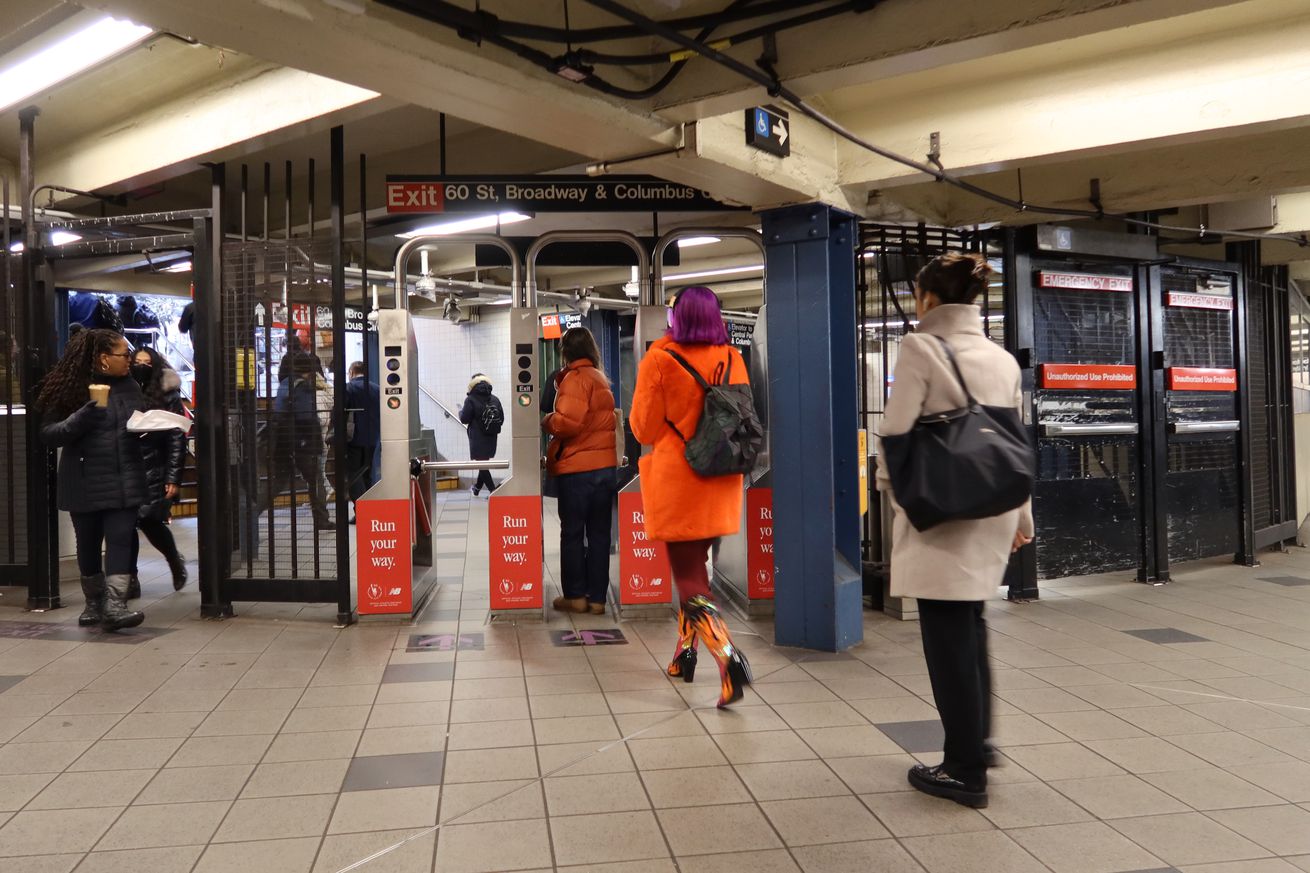
The persistence of fare evasion on the New York City subway system has prompted the Metropolitan Transit Authority to install AI-powered surveillance software at several subway stations to track riders who avoid paying for a ticket. As reported by NBC News, the MTA disclosed in a fare evasion report that the tracking software was being used at seven undisclosed subway stations and eight physical fare barriers in May 2023, with plans for “approximately two dozen more stations” by year’s end and “more to follow.”
The MTA estimates it lost $285 million to subway fare evasion in 2022, according to the report, which didn’t contain the name of the third-party tracking software being utilized by the authority. MTA spokesperson Joana Flores confirmed to NBC News that Spanish AI developer AWAAIT created the software, which is capable of detecting and sending photographs of fare evaders to the smartphones of nearby station agents (according to the company’s promotional video). AWAAIT reportedly declined the publication’s request for comment.
MTA communications director Tim Minton informed the publication that the software was being used “essentially as a counting tool” to determine how many riders are dodging fares and the methods they’re using to skip the turnstiles. Early tests of the system have already provided the authority with some useful data — according to the MTA’s report, fare evasion is most prevalent between 3–4PM (coinciding with school dismissals), and walking through emergency gates was the most popular method of evasion, used in over 50 percent of recorded cases. Minton says the videos recorded by the software through the transit systems’ 10,000 surveillance cameras are stored on the MTA’s servers “for a limited period.”
AWAAIT is promoting that the software can be used to help create optimized ticket inspection routes and intercept fare evaders during the act. Flores said the AI-powered surveillance system doesn’t report those who avoid paying their fare to NYC law enforcement but declined to clarify if that may change in the future. A police spokesperson similarly declined NBC News’ request for comment.
The number of police officers stationed in NYC subway stations has increased over the last year, resulting in a higher rate of arrests related to fare evasion — with a disproportionate impact on Black and Hispanic riders. The NYPD’s fare evasion data reveals that the groups accounted for 93 percent of arrests in Q4 2022. The agency was investigated by the New York state attorney general back in 2020 over allegations that police were discriminately targeting people of color regarding fare evasion enforcement.
The MTA has plenty of motivation to crack down on riders who avoid paying their transportation fares. The $690 million total lost to fare evasion last year (inclusive of subway, buses, and other public transport) is hardly chump change, especially when the authority is currently sitting beneath a $48 billion mountain of debt. It could also purchase a lot of the motorized, plexiglass fare gates that the MTA was looking into, which are designed to prevent riders from squeezing through or hopping over turnstiles without paying.